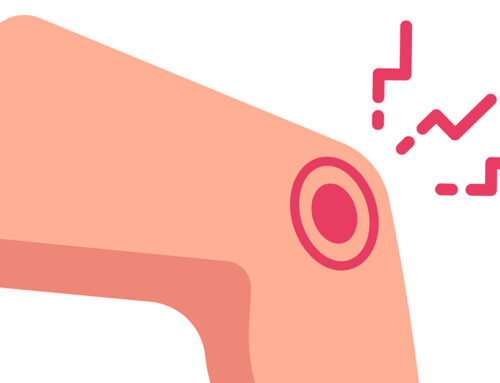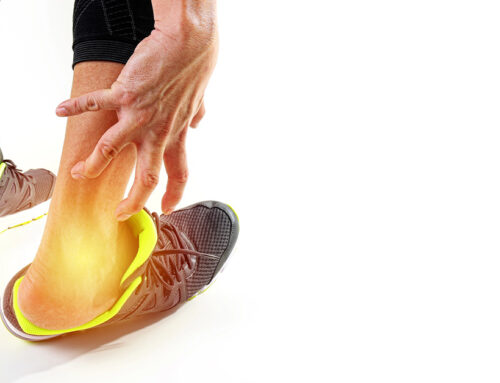
How Do You Release Peroneal Tendonitis?
Peroneal tendonitis is a painful condition caused by inflammation of the peroneal tendons, which run along the outer side of the ankle and foot. These tendons help stabilize the ankle and foot during movement, especially when walking, running, or balancing. When they become irritated from overuse, injury, or improper foot mechanics, it can lead to swelling, tenderness, and difficulty with normal activities. Finding ways to "release" or relieve peroneal tendonitis is important for reducing pain and promoting healing.
The first step in managing peroneal tendonitis is rest. Reducing or avoiding activities that strain the ankle—especially repetitive motions like running on uneven ground or jumping—gives the inflamed tendons time to recover. Continuing to push through pain can worsen the condition and lead to chronic problems.
Applying ice to the outer ankle is another effective way to reduce inflammation. Icing for 15 to 20 minutes several times a day can help control swelling and numb the area, providing temporary relief. Elevating the foot when possible also helps reduce inflammation, particularly in the early stages of the injury.
Compression with an ankle wrap or brace can provide support and minimize movement that stresses the tendons. An elastic bandage or a supportive brace can help protect the ankle during everyday activities, allowing the tendons to heal more efficiently.
Stretching and gentle mobility exercises are important as symptoms begin to improve. Specific stretches for the calf muscles and peroneal tendons can help release tension and restore flexibility. For example, a basic calf stretch against a wall or a seated ankle inversion and eversion exercise can help maintain strength without overloading the tendons.
Physical therapy may be recommended for persistent or more severe cases. A physical therapist can guide you through a structured program that includes strengthening the muscles that support the ankle, improving balance, and correcting any gait abnormalities that may have contributed to the condition.
Supportive footwear or custom orthotics can also play a big role in releasing pressure on the peroneal tendons. Shoes with good arch support and a stable heel can reduce abnormal stresses and prevent the ankle from rolling outward, which is a common cause of tendon strain.
In rare cases where conservative treatments fail, additional interventions like corticosteroid injections or even surgery may be considered. However, most cases of peroneal tendonitis respond well to non-surgical care when addressed early and properly.
In summary, releasing peroneal tendonitis involves a combination of rest, ice, compression, elevation, stretching, strengthening, and supportive footwear. Early treatment is essential to prevent the condition from becoming chronic. If your symptoms persist despite home care, it’s important to seek evaluation from a healthcare provider to ensure you receive the right treatment plan for lasting relief.





